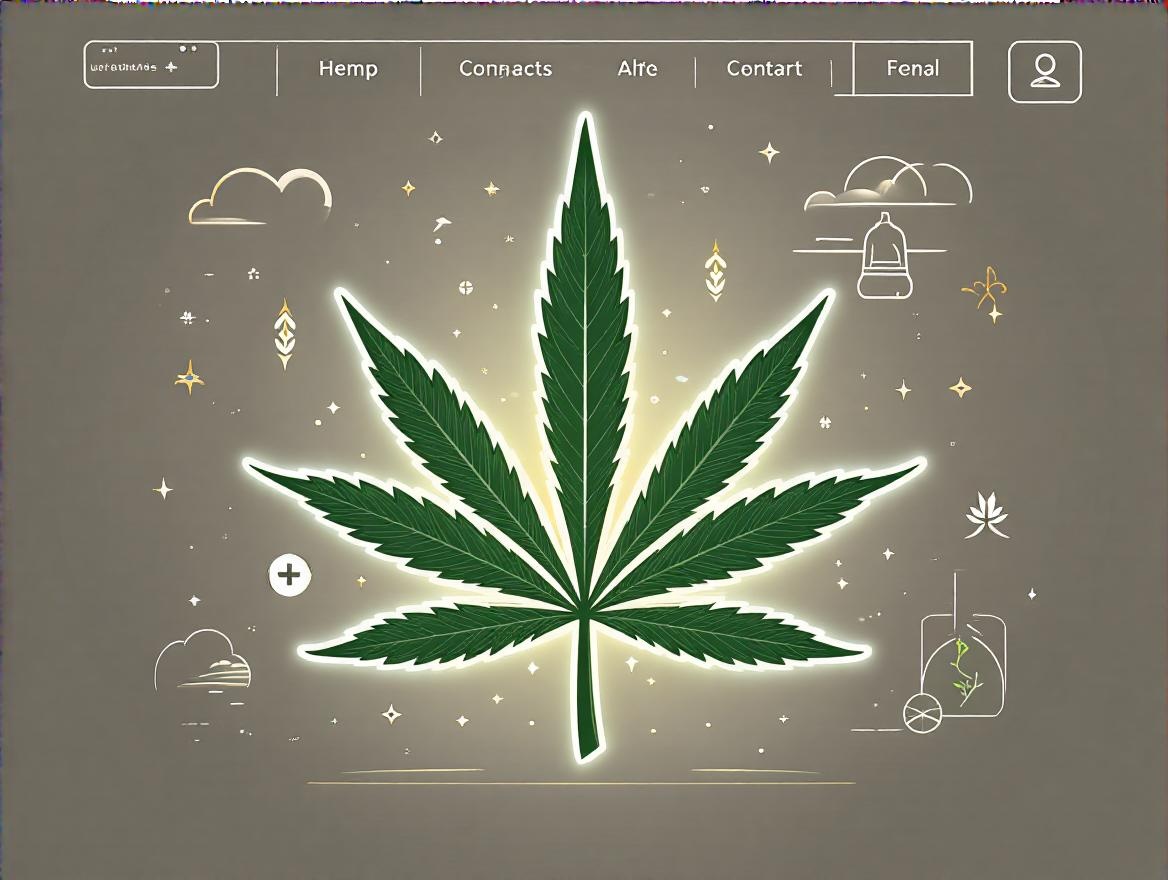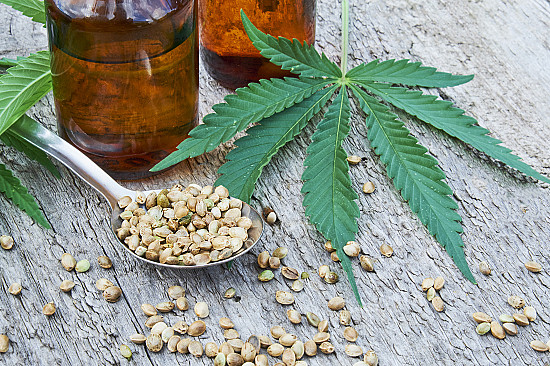If you’ve been anywhere near social media, your local wellness shop, or even your grocery store lately, you’ve probably noticed the rising star called CBD—that trendy cannabinoid from the cannabis plant that's popping up everywhere, from workout gear to ice cream. But what is CBD really? Does it actually work? And is it safe?
Let’s break down the essentials in a friendly, straightforward way that clears the haze around CBD.
What’s CBD, Anyway?
Cannabidiol (CBD) is a natural compound found in cannabis and hemp plants. Unlike its cousin THC, CBD doesn’t get you high or intoxicated. It’s more like the calm to THC’s “party” — widely praised for potential calming, anti-anxiety, and pain-relieving effects without the mind-altering buzz.
It’s the second most abundant active ingredient in cannabis, but here’s a key fact: most commercial CBD comes from hemp, which is legal at a federal level in the U.S. thanks to the 2018 Farm Bill. So yes, it’s mostly legal and widely available, but laws can vary state-by-state, so keep that in mind![1]
Why All the Hype?
CBD exploded into the wellness spotlight for its promise to help with:
- Anxiety
- Insomnia
- Chronic pain
- Muscle spasticity (especially in multiple sclerosis)
- Potentially to help with addictions as well!
People often report feeling calmer and sleeping better after using CBD products like tinctures, gummies, or capsules. The science backs some of these claims, particularly for anxiety, certain sleep disorders, pain management like fibromyalgia, and spasticity. But no one should believe the exaggerated hype—CBD is not a cure-all or a cancer treatment.[1][5][7]
How Does CBD Work?
CBD doesn’t act on the brain the way THC does. Instead, it interacts with your body’s endocannabinoid system (ECS) — a complex network of receptors that help regulate mood, appetite, pain, inflammation, and more. By influencing this system, CBD may help reduce inflammation and relieve pain, and promote relaxation.
But here’s the catch — science is still in the early stages. Lots of promising research is ongoing, especially because cannabis plants have over 140 different cannabinoids, and CBD is just one piece of a very complex puzzle.[3][7]
Buyer Beware: Quality Matters
Not every CBD product is created equal. Lab tests reveal that many products don’t contain the amount of CBD claimed on their labels; some might even have unexpected traces of THC or other ingredients. So if you want to try CBD, it’s best to:
- Purchase from a licensed dispensary where products are properly labeled.
- Keep a journal noting what you took and how it affected you.
- Avoid smoking CBD, which can be harsh on your lungs.
Also, be aware that CBD can interact with some medications, so if you’re on other drugs, talk with your healthcare provider before starting CBD.[1][2][5]
The Verdict: CBD Is Promising, But No Magic Potion
Research supports CBD as a relatively safe option that may help with anxiety, sleep, and certain types of pain. However, its effectiveness varies, and many claims still lack solid evidence—especially for newly marketed cannabinoids or extravagant health promises.
In other words, CBD is a welcome new tool in wellness but not a magic fix. Stay informed, try cautiously, and always rely on well-researched products and professional advice.
So next time you spot that CBD-infused latte or those CBD gummies, you’ll know the science behind the buzz—and how to approach CBD with an open but discerning mind. After all, health is about balance, not just chasing the latest trend.
Stay curious, stay healthy, and enjoy exploring this fascinating plant-based compound!


